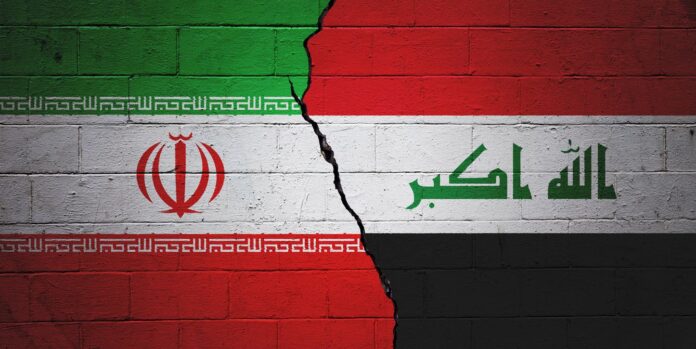Ali Najat
Relations between the Islamic Republic of Iran and Iraq are intertwined in their security, political and regional dimensions, while economic and trade relations are among the areas that bring the two neighboring countries together. Iraq became Iran’s most important trading partner after the overthrow of Saddam Hussein by the US invasion in 2003, and since then it has increased the volume of annual trade exchange between Iran and Iraq.
Trade relations have improved so much in recent years, in March 2010, Iraq announced its intention to establish a free trade zone near Basra, Iraq’s second largest city and largest port, and economic statistics show that Iranian exports to Iraq have increased continuously over the ten years. in the past, especially since Iranian goods are characterized by being lower in price than Chinese goods; Due to the low costs of road freight from Iran, Iran’s non-oil exports to Iraq in 2008 amounted to about $2.8 billion, and in 2019 they reached about $9 billion.
On the other hand, after a long period of insecurity, Iraq has entered a new phase due to the relative decline of terrorist operations. According to a World Bank report in 2017, Iraq’s economic growth decreased by 0.8%, and Iraq’s gross domestic product declined from $234 billion in 2013 to $197 billion, and these statistics indicate a decline in the production of goods and services in various economic sectors.
This decline was affected by many wars, damage to infrastructure, deterioration of traditional industries and international sanctions. Iraq’s continued growth in production volume, expectations for a positive growth of crude oil exports, population growth, the increasing need for building materials and various commodities, industrialization efforts and government support for local and external investments in the country are all very important matters that create very attractive conditions for Iraq as one of the important centers of demand in the world.










